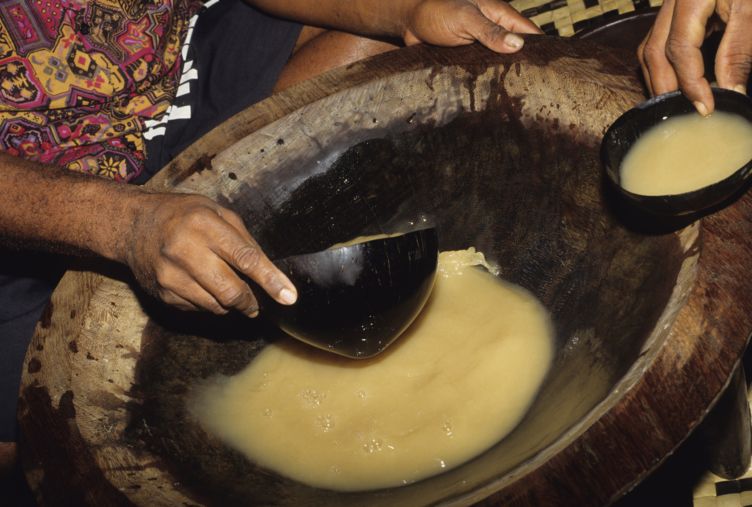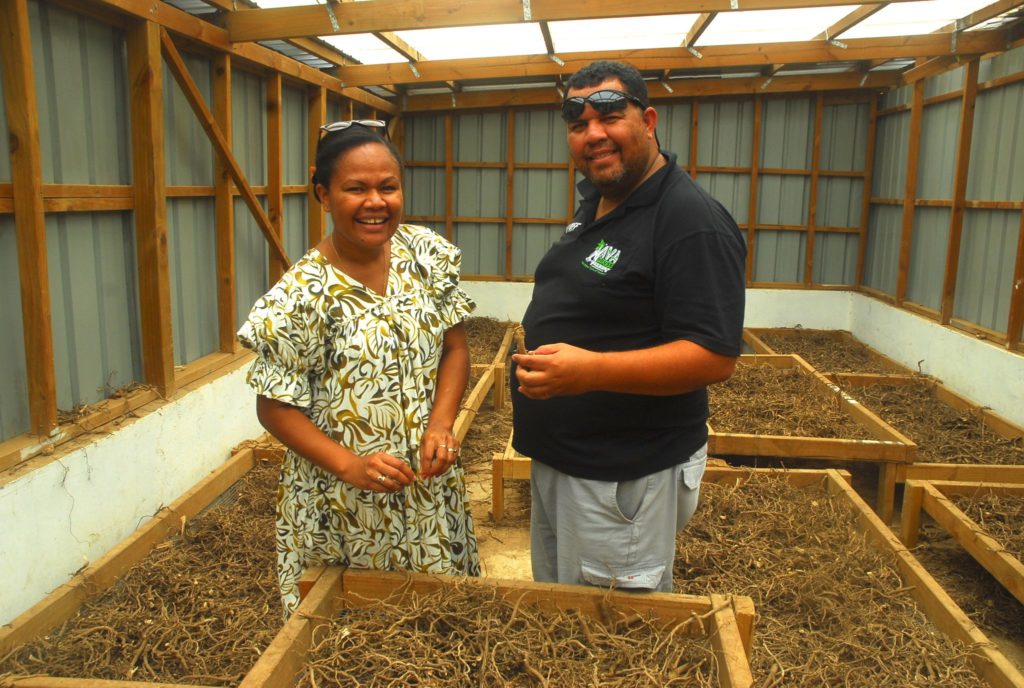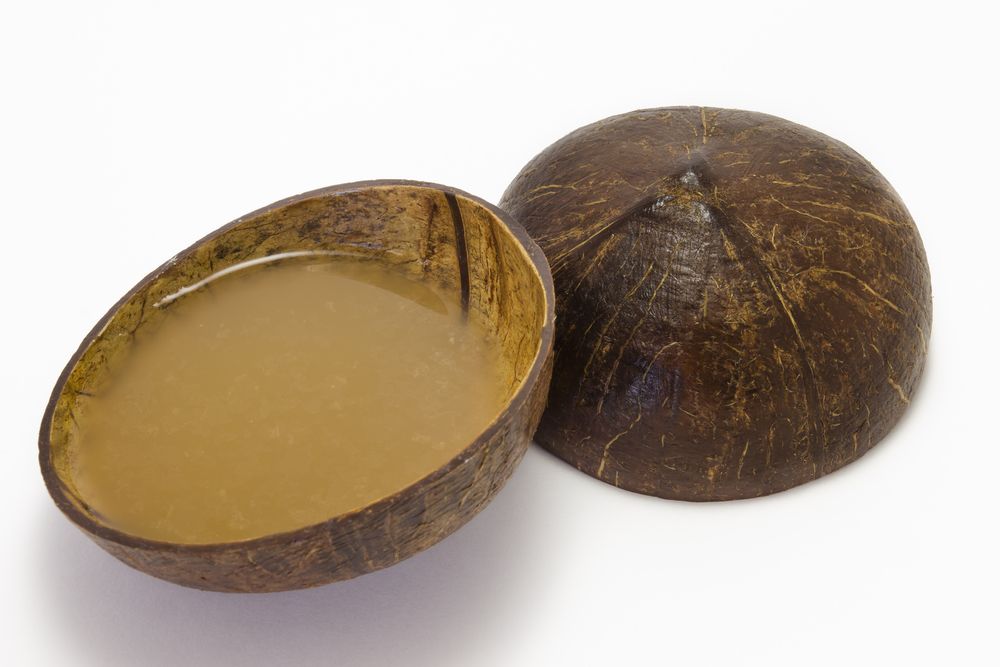Pacific Islands
Kava – what is it and should you try it?
Jemma Senico recalls her various encounters with kava, from after work chilled out nakamals to big Fijian ceremonies that last all night. It’s an island tradition that spans the Pacific
February 9, 2020
Pacific Island Living
February 9, 2020If you’ve ever been to the South Pacific – Fiji, Vanuatu, Tonga, Samoa, or if you’ve ever known a Fijian – you’ve probably tried kava. Known for its unique muddy water appearance and tongue numbing effects, kava has a long history of cultural significance throughout the Pacific from Polynesia and Melanesia to as far as parts of Micronesia.
A member of the pepper family, the plant itself is a bushy evergreen shrub with heart shaped leaves, though when people refer to kava they are actually referring to the root of the plant and the drink made from it. It is prepared by pounding the root of the kava plant (this action releases the chemical ‘Kavalactone’), combining the ground root with water and then consuming it, though its practice, preparation and use varies a little from island to island. My main experiences with kava have been between Fiji and Vanuatu.
It still plays an important role in ceremonial occasions in many parts of Melanesia, especially in Fiji where ‘Yaqona’ ceremonies accompany almost all important functions, sometimes involving bundled roots as a ‘sevusevu’ (gift) followed by drinking of the Yaqona. Nowadays kava is also enjoyed more socially, involving sitting around the Tanoa (kava bowl, carved from hardwood) with family and friends telling stories for hours on end.
WHO SERVES THE STRONGEST?
Fijian kava is usually made with sun-dried kava root, while Vanuatu kava is made from pounding fresh kava root, which gives it its extra strong kick. Every Fijian I’ve ever taken to try kava in Vanuatu can never seem to stomach it, and my local Ni-Vanuatu friends usually get a good laugh out of this and claim victory for having the strongest kava.
Kava has mild psychoactive properties, numbing your tongue and giving you a relaxed ‘chilled out’ feeling. I never understood how it could make you ‘chill out’ so much, until my first big kava drinking experience. When I was about 18 I spent two weeks in my father’s village on Yadua Island, off the West coast of Vanua Levu. Being Christmas time there were many celebrations to be had and it must have been one of my first nights there that the kava drinking began. The thing you must be cautious about when drinking kava in Fiji, or with Fijians for that matter, is that you must be prepared for it to never end! Many people started before me, and many were still going when I tapped out – but the kava drinking that night went on for hours and hours. And hours and hours after that! After who knows how many ‘low tide’ coconut shells of kava, I was sitting with my back against the wall contentedly staring across the room, without a care in the world listening to the stories and laughter around me as sun began to rise.

I’ve since learnt that’s pretty typical when Fijians get around a kava bowl, it’s always one more mix or one more bilo (cup or coconut). These days I disappear pretty quickly if I hear that kava, or more commonly, known around Fiji as ‘grog’, is on the cards.
Despite it being enjoyed socially, I love that many of the ceremonial aspects of drinking kava are still respected in Fiji. Like one big hollow clap and a big ‘Bula!’ before you drink, followed by three claps when you finish.
STAND BY THE TROUGH!
Travelling to Vanuatu often, I first found the Nakamal or kava bar experience awkward and strange. The bars are usually a collection of palm covered timber shacks with a main hut selling kava and chasers, another hut selling hot take-way food, and then various huts and seats scattered around for relaxing. Here, you simply go to the dimly lit counter and ask for a 50, 100 or 200 Vatu shell and you are handed over your kava in a small plastic bowl or coconut ‘shell’. Some skull it right there at the counter, some take it to a more private corner and others drink it over the purpose built troughs made for spitting or rinsing out your month. Coming from a Fijian background where kava was so ceremoniously enjoyed, I found it hard to accustom myself to this. Why weren’t we sitting around the Tanoa on a woven matt, why wasn’t anyone looking me in the eye with a big ‘Bula!’ before they knocked it back? However, the kava bars of Port Vila have the same social connection, instead of after work drinks its 5pm at the kava bar, with the same hours of sitting around telling stories and jokes that we would around do around a Tanoa. Similarly with Fijian customs, Vanuatu kastom also entails the use and drinking of kava in village rituals and ceremonies.

Nowadays, because of it’s mild analgesic and euphoric properties, you can find kava in tea, anti-anxiety herbal supplements and even in cocktails (I’ve had an awesome ‘Kava Colada’ in Vanuatu!).
Next time you find yourself in front of a Tanoa or at a kava bar, have a ‘High Tide’ for me and say ‘bula!
© 2024 Pacific Island Living Magazine all Rights Reserved
Website by Power Marketing